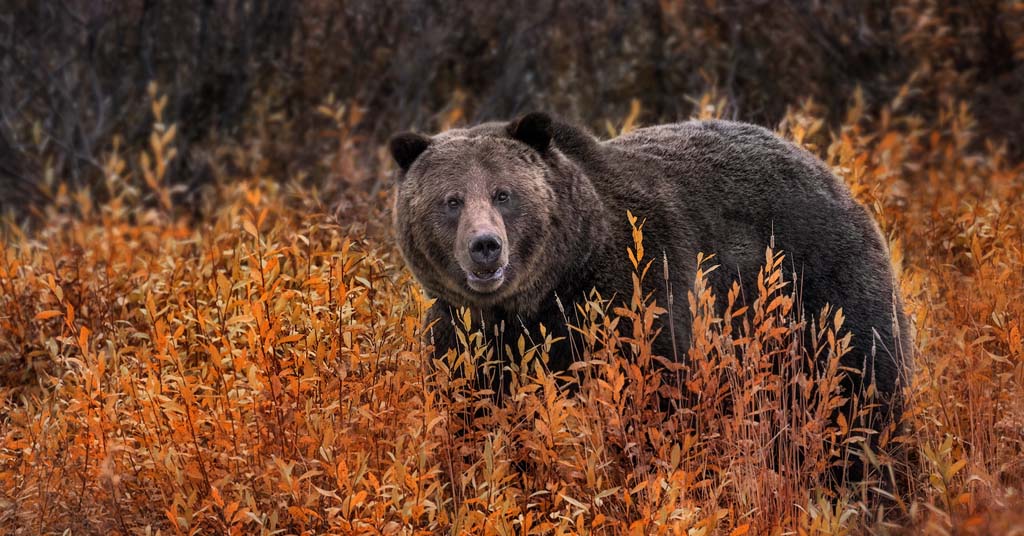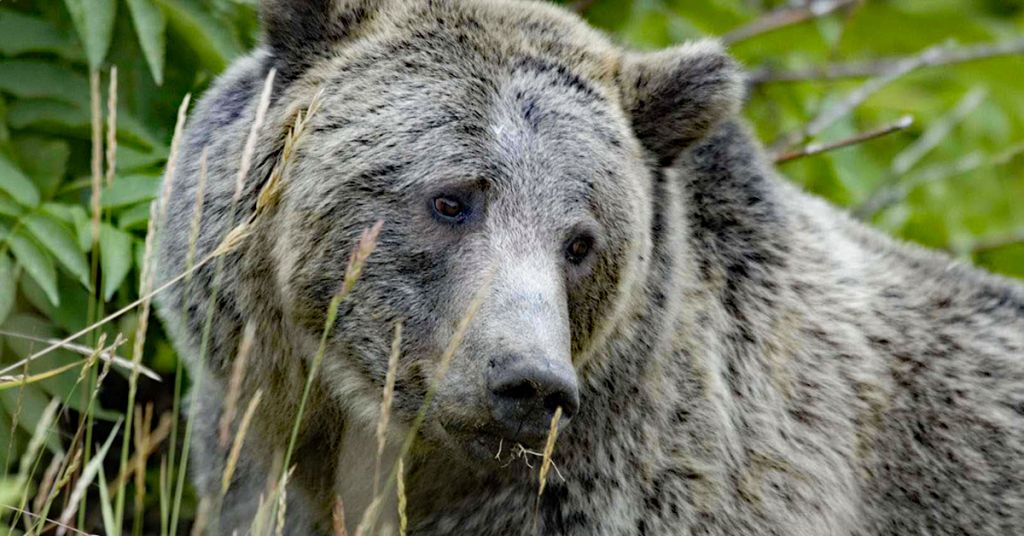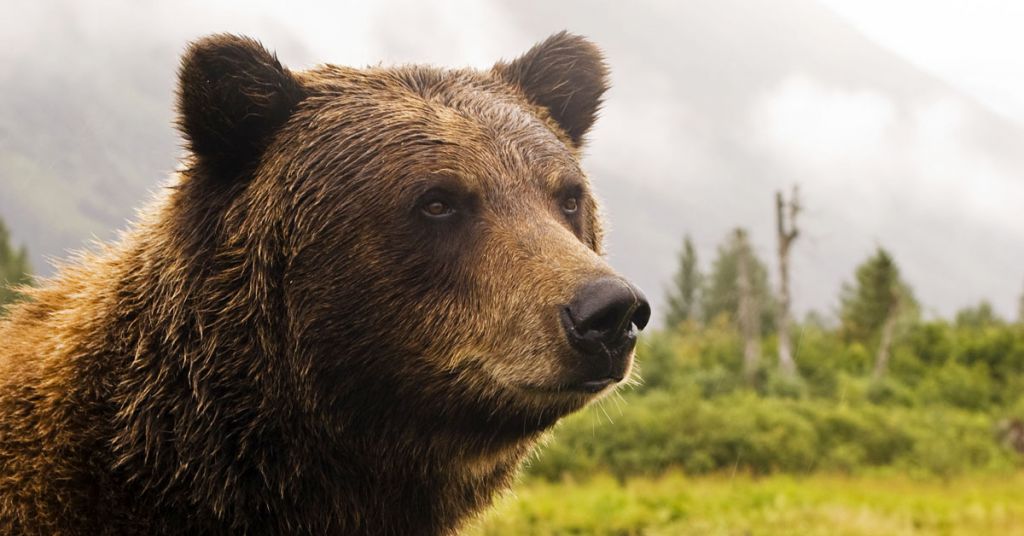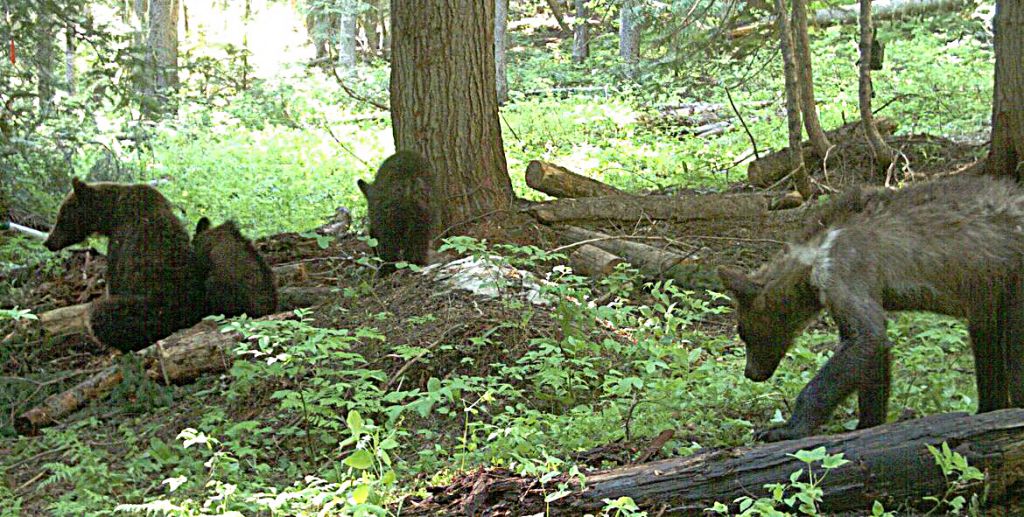The long-term goal is a population of 200 bears in the North Cascades over the next century

Move on: Many enviros in the Pac NW are happy about the latest federal decision supporting grizzly reintroduction. Others not so much. Photo: Ania Tuzel Photography/Flickr
By K.C. Mehaffey. March 25, 2024. The process to restore grizzly bears in the North Cascades Ecosystem took a massive leap forward last week with the release of a final environmental impact statement (EIS) from two federal agencies.
More than 30 years after identifying a 9,800-square-mile grizzly bear recovery zone in the North Cascades, the U.S. Fish and Wildlife Service and National Park Service have evaluated the impacts and formally proposed relocating three to seven bears to the northern Cascade Range annually until an initial population of 25 grizzly bears is established.
The long-term goal is to have 200 bears living in recovery zone in the next 60 to 100 years.
The EIS does not amount to a final decision.
After a 30-day waiting period, the agencies can select an alternative to be implemented and issue a Record of Decision, which can be challenged.
Under the agencies’ preferred alternative, grizzly bears on non-federal lands in the North Cascades would be considered a nonessential experimental population under the Endangered Species Act. This enables the bears to be killed for various reasons when they’re on private, state or local government lands.
According to the agencies, an experimental population will support grizzly recovery while giving local wildlife managers and communities more flexibility to manage bears and relocate or remove those involved in conflicts.
Bears on federal lands in the recovery area would be managed similar to other species that are threatened under the ESA, with a higher bar for dealing with conflict bears.
A new zone consisting of national forest lands outside the recovery zone would be managed to accommodate natural dispersal of the bears.
In a news release, the Park Service and Fish and Wildlife Service said grizzlies were an essential part of the North Cascades ecosystem for thousands of years, until being hunted to extinction in the 20th century.
The last confirmed sighting was in 1996.
According to the EIS, “It is unlikely that grizzly bears from areas within British Columbia would naturally emigrate” to the recovery area.
Long road back
Environmental groups that have long pushed for grizzly bear recovery efforts in the North Cascades praised the release of the EIS.
“We have been working for decades to see grizzly bears in this critical ecosystem. After many disappointments, we are deeply grateful that the Biden administration has finally made it possible to bring this vital species home,” Mitch Friedman, executive director of Conservation Northwest, said in a statement.
Those disappointments include the sudden and unexpected end to North Cascades grizzly bear recovery efforts announced by the U.S. Department of the Interior in 2020.
Just as suddenly, the process restarted in November 2022, and led to the release of a draft EIS in fall 2023.
Friedman told Columbia Insight in November he was optimistic about the process this time around, despite numerous setbacks over the past 30 years.
Opponents to restoring grizzly bears aren’t thrilled with the EIS.
Rep. Dan Newhouse, R-Wash., claims that public comment sessions in his district in central Washington showed overwhelming opposition to reintroducing the bears.
“Their voices have been shut out of this entire process,” Newhouse said of his constituents in a news release.
The Washington State Department of Fish and Wildlife says it plans to work with federal agencies to respond to conflicts that could arise, and to support scientific monitoring and education efforts within communities and recreation groups. However, under state law, the agency may not reintroduce bears in the state.











Bring grizzlies to a mismanaged state, were are fish and game numbers are so low , and what are bears going to do, finish off what left, are predators are so mismanaged now that there starting to eat the leftist that closed are hunting rights in 1997, are game department needs to be dismissed and stop treating are natural resources like revenue.Are poisoned elk that so educated nurd thinks has a hoof disease are blind. We have let them run are game animals numbers into the ground, and are department is ran buy non hunters and have of are all related, how corrupt is that, pirates